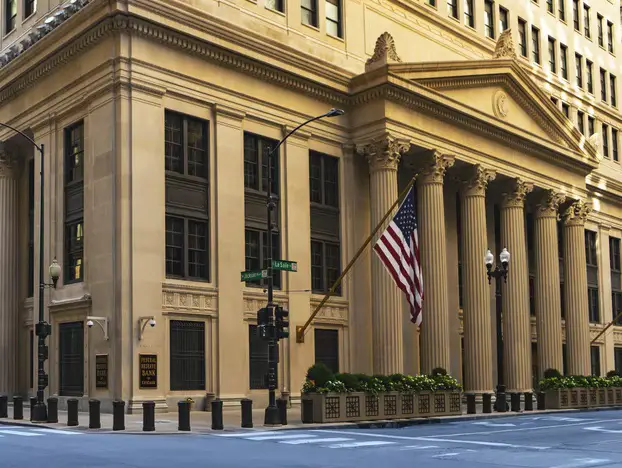In the minutes of the last Federal Reserve meeting three weeks ago, policymakers expressed their feeling that the cost of doing too little to quell rampant inflation far outweighed any costs from doing too much, reflecting the aggressive public statements made by Fed officials recently.
Capital Economics Senior US economist Michael Pearce wrote in a note, “While the minutes provided some hints that Fed officials are beginning to lay the ground for a slower pace of rate hikes eventually, the overall tone was still hawkish, suggesting that the Fed will push ahead with another 75bp hike at the November meeting.”
The policymakers spoke of feeling a need to maintain a tight policy for as long as needed, as a couple of participants weighed in on the historical danger of loosening the money supply prematurely, before inflation had been brought completely under control.
Participants also made it known they were in agreement inflation still remains “unacceptably high,” while noting Inflation data was currently beating expectations, and was falling more slowly than projected. Several pointed to core inflation parameters, which are continuing to reman elevated.
Officials commented on the job market, noting that it remained tight and would need to soften before inflation would abate more substantially and monetary policy could be eased. Some added that there were encouraging signs of the market becoming more balanced however, given the lower rate of job turnover, and increasing labor force participation rates.
The overall consensus was that while certain sectors that are historically sensitive to rate hikes were showing improvement, such as housing and business fixed investment, a large swath of the rest of the economy has still not responded sufficiently.
Officials concluded that as the monetary policy was tightened further, at some point they would be able to slow the pace of the monetary tightening, and examine the effects, to see if inflation was being controlled. For now they indicated they would continue to maintain an aggressive policy of rate hikes until rates reached a sufficiently restrictive level, at which point they could pause the key rate there for “some time” until there was “compelling” evidence that inflation was returning to the 2% target rate.
Policy makers indicated they would also be watching for the increasing risk of recession in Europe, a slowdown in China’s economy, and any economic fallout from Russia’s military action in Ukraine.
Following three consecutive 75 basis point hikes to the Fed funds rate, the key rate now sits at 3.0% to 3.25%.

